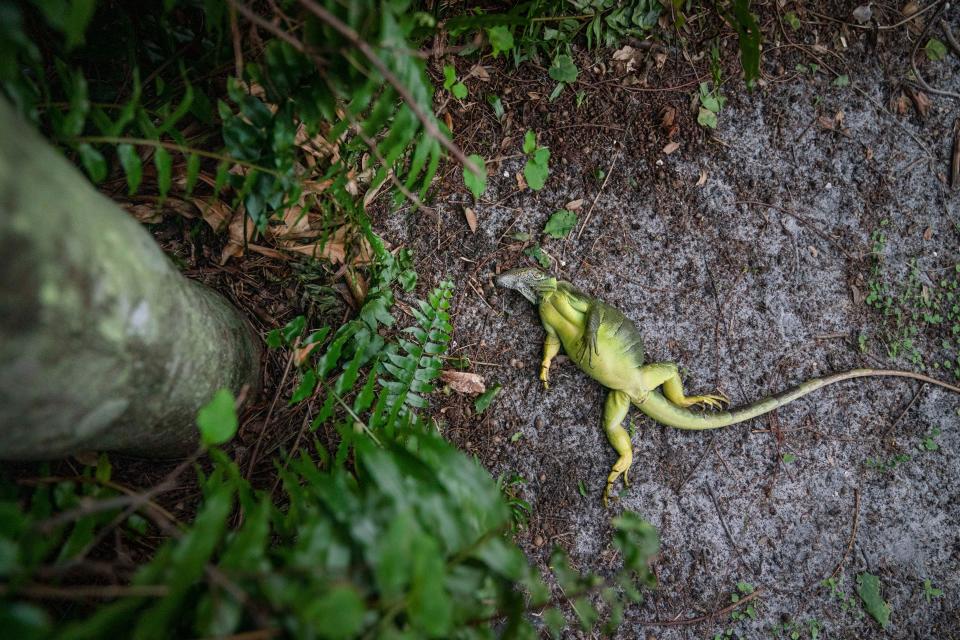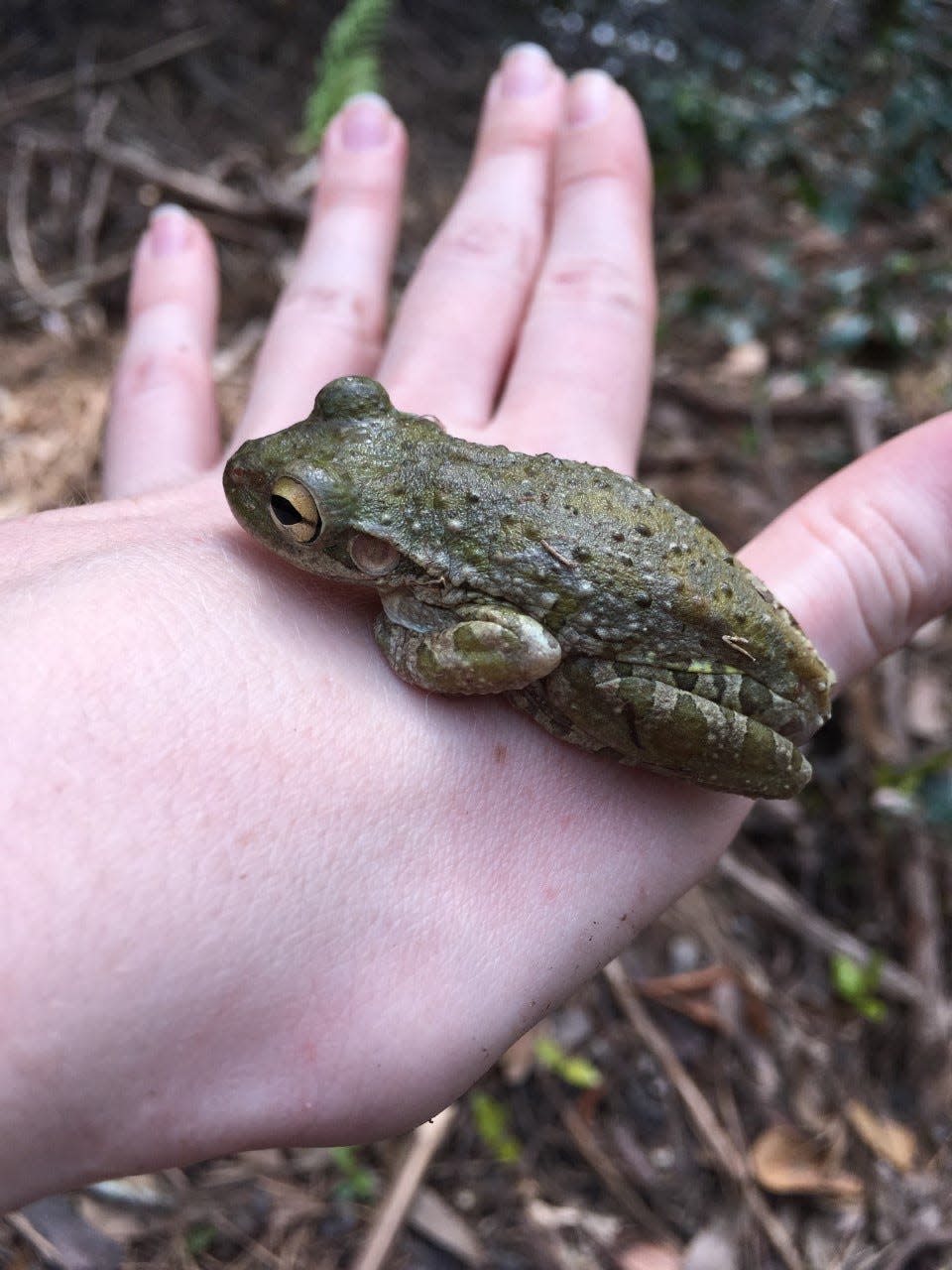Tallahassee's exotic invaders include ants, frogs and lizards
Even though Tallahassee is well north of the warmer climate of South Florida, we still have our share of exotic invaders. The definition of an exotic plant or animal is a species that threatens Florida’s economy or ecology, or has a damaging effect on agricultural foods or areas.
It's a non-native animal or plant that has been introduced to the state by human activity that competes to the detriment of native species. It is not the fault of any species that is considered invasive or exotic. They are wild in Florida as a result of the carelessness or actions of irresponsible people. Sometimes exotic animals and plants “hitchhike” here in cargo shipments.

Others are purchased as baby animals that grow up over time and people no longer accept the responsibility to care for them. They are then released into the wild. Not the animals fault.
Examples of invasive species are the seemingly ever-present fire ants, European starlings, several species of lizards, snakes, frogs, insects, wild hogs, numerous species of fish and a countless number of plant species. Some even consider the armadillo as exotic and invasive. They originally were native to Central and South America but have spread to several states in the United States from the Texas area in the 1930’s.
Fire ants and frogs
In the Tallahassee area, we have some predominant examples of exotic species. The fire ant is one of them. Supposedly, they arrived in Mobile, Alabama in the 1930’s, hidden in the soil used as ballast in a cargo ship arriving from Brazil. The soil was unloaded at the port and the rest, as they say, is history.
These fierce insects will eat anything they can get a hold of. Included are ground-dwelling reptiles, birds and their eggs. I have even seen fire ants 5 feet above the ground in the nest of bluebirds!
Florida is home to 68 species of lizards. Only 20 of these are native to the state. A couple of years ago, Florida Fish & Wildlife passed laws that the personal possession of green iguanas and tegu lizards in Florida was illegal. The new laws have been under study for revision as I write this column. They are native to Central and South America.
These species are readily breeding in the south and central regions of Florida. To the detriment of some of the native species of both animals and plants. Due to the colder climate in North Florida, green iguanas and tegus have occasionally been recorded here but reportedly have not established strong breeding populations in or near Tallahassee.

Cuban tree frogs
Another example of a non-native invasion is the Cuban tree frog. This large species of tree frog has large eyes and relatively large toe pads. More and more of these invasive amphibians are showing up in North Florida. In south and central Florida, these large frogs readily feed on insects as well as our native tree frog species. Native frog species populations have declined as a result.
Perhaps one of the best examples of invaders in the Tallahassee area are the exotic anoles seen all over our area. Customarily we have had the little green anoles only in our area.
Now, Cuban and Bahamian anole species are here and out-competing our native green anoles. Some scientists believe that the native green anoles are living and feeding in higher areas around houses and higher up in vegetation to adapt to their new exotic neighbors.
Are these species and population trends going to continue as time goes on? As reportedly climate change promotes species range extensions. Only the future holds the answer to this interesting question.
Enjoy your nature trails. Get outdoors and take a child along. They too are our future!
Jerry Walls is an Environmental Educator living in the Tallahassee area. He is the founder of Amazing Animals conducting nature-themed programs in schools, libraries, camps, science fairs and special events. Contact e-mail is jwalls443@gmail.com.
This article originally appeared on Tallahassee Democrat: Tallahassee's exotic invaders include ants, lizards and frogs

